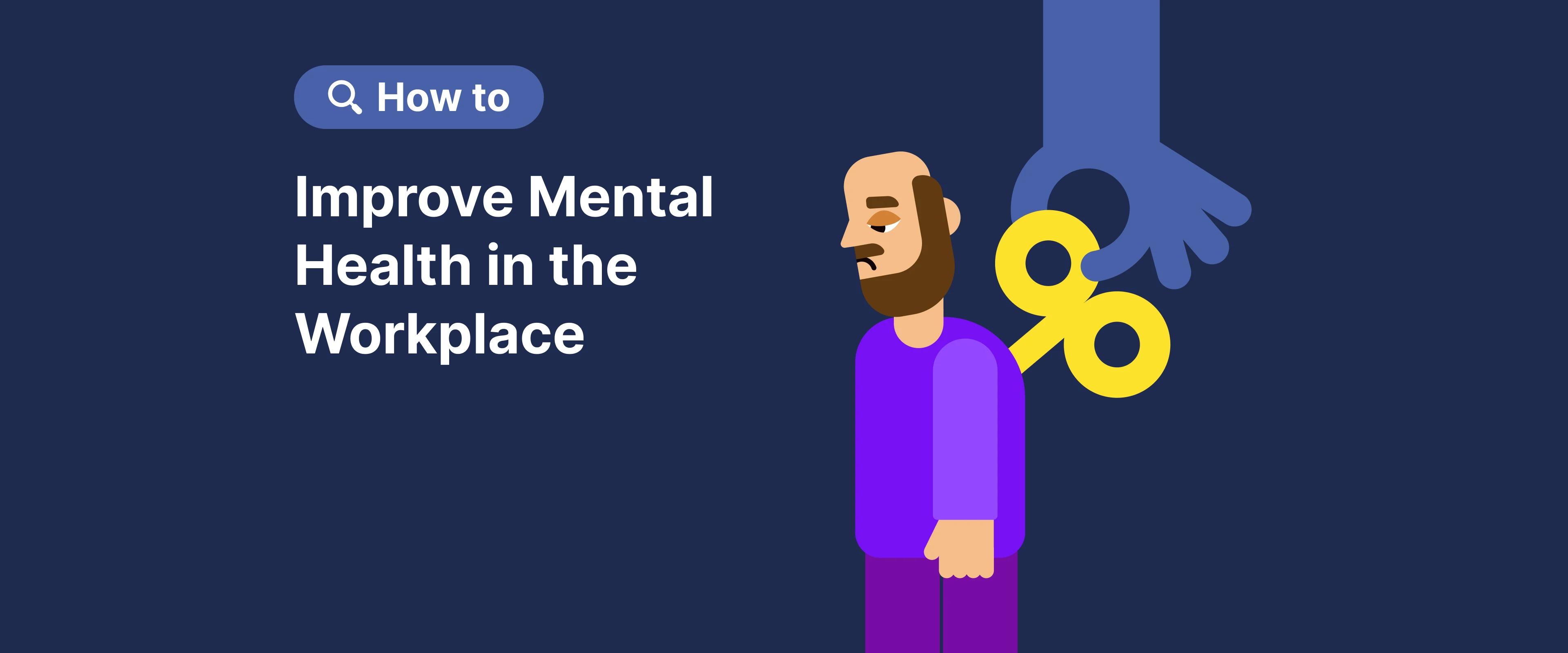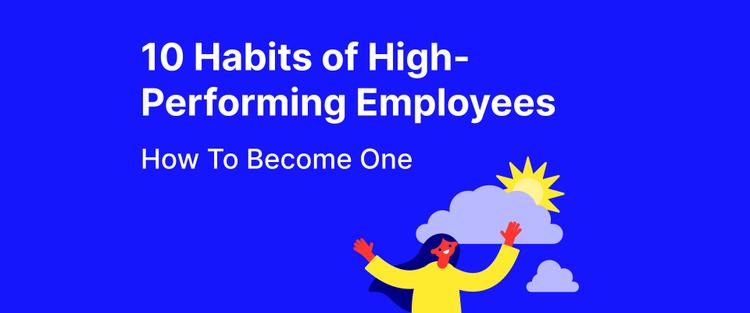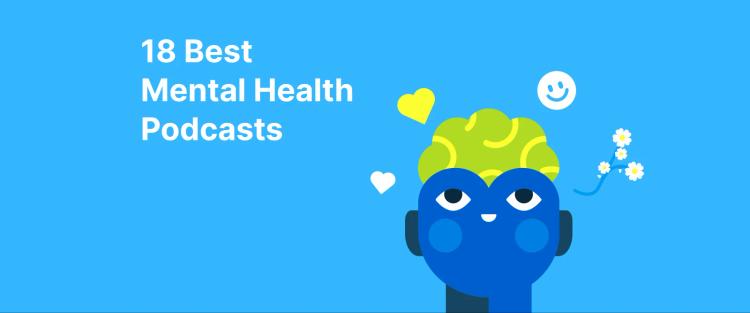Do you often feel stressed, overwhelmed, upset, or exhausted during your working days?
It's no surprise if the answer is yes.
The modern workplace is competitive, fast-paced, full of stressors, and often cutthroat. We spend huge amounts of time in our offices and work environments, so ensuring they're as comfortable as possible makes sense. Put simply, when your workplace environment turns toxic or you're struggling with your workload, your mental health may begin to suffer, and that's a slippery slope to avoid at all costs.
While employee mental health is becoming more of a focus for many organizations, it doesn't hurt to know a few tips to use yourself. Yet, there are many plus points for managers here, too. When mental health in the workplace is prioritized as much as physical health, it leads to a more positive work environment, reduced absenteeism, better retention, and enhanced employee engagement. So, it's certainly worth investing in mental health support.

If this all sounds like an impossible task, don't worry. In this article, we'll give you some useful advice on improving your mental health in the workplace, using inspirational advice from evidence-based, top non-fiction books, like 'Cleaning Up Your Mental Mess' by Dr Caroline Leaf and 'It Doesn't Have to Be Crazy at Work' by Jason Fried, David Heinemeier Hansson.
Understanding workplace mental health
Gone are the days when mental health conditions were something we used to talk about in hushed tones. Nowadays, we're clear about the vital importance of ensuring we're happy and healthy on the inside and outside. Yet, there is still more that needs to be done to focus on good mental health.
Mental health in the workplace is a critical issue that affects both employees and organizations. The most common issues that many employees face include stress, anxiety, depression, and burnout. These problems can be rooted in workplace issues or due to home life challenges that extend into working days. Either way, support and understanding are vital in creating a healthy workplace.
Stress is perhaps the most common challenge due to high workloads, tight deadlines, workplace conflicts, and an imbalance between work and personal life. In 'It Doesn’t Have to Be Crazy at Work,' Jason Fried and David Heinemeier expand on how relentless schedules and constant pressure can harm both mental health and productivity. When unmanaged, stress can lead to more severe issues, such as anxiety and depression, along with reduced job satisfaction. We can also talk about anxiety in the workplace stemming from job insecurity, performance pressures, or interpersonal conflicts. It often manifests as excessive worry, difficulty concentrating, and physical symptoms like headaches or a racing heart.
And then, depression, often resulting from prolonged stress or personal issues, spills over into the workplace. Symptoms include persistent sadness, loss of interest in activities, fatigue, and changes in appetite or sleep patterns. Finally, let's discuss burnout, which is becoming more and more common.
Burnout is a state of emotional, physical, and mental exhaustion caused by prolonged and excessive stress. It often leads to decreased motivation, feelings of detachment from work, and a decline in job performance.
As you can see, we should take none of these issues lightly.

In fact, in the best-selling book 'Team of Teams,' we learn that boosting communication and engaging in shared decision-making are the keys to workplace success.
"Purpose affirms trust, trust affirms purpose, and together they forge individuals into a working team."
How does workplace mental health impact employees and organizations?
The impact of mental health challenges is far-reaching. An employee struggling with these issues may experience decreased productivity and low-quality decision-making and will probably make more mistakes. Their overall quality of life can suffer, potentially leading to strained relationships within and outside the workplace.
Organizations also face an impact. High rates of absenteeism, turnover, and decreased employee engagement can result from unaddressed mental health issues. This can lead to increased costs associated with recruitment, training, and lost productivity. Plus, a workplace culture that neglects mental health can damage the organization's reputation, making it less attractive to current and prospective employees.

So, no, mental health issues aren't just about feeling a bit stressed due to a short deadline. They're problems that can drastically affect the quality of life. Recognizing and addressing mental health challenges in the workplace is not just an ethical responsibility but also a strategic one. Creating a supportive environment where employees feel comfortable discussing and managing their mental health can lead to a more engaged, productive, and loyal workforce. Implementing wellness programs, providing access to mental health resources, and fostering a culture of openness and support are also key aspects for organizations to consider.
How does your workplace rate?
Before we jump into some tips to help you improve your mental health and well-being at work, let's assess your starting point. The quiz below will help you identify your workplace's current mental health environment. From there, you'll know what steps you need to take to raise mental health awareness and make strong steps forward.
Rate each statement on a scale from 1 (strongly disagree) to 5 (strongly agree).
My workplace has clear policies supporting mental health.
Leadership in my organization visibly supports mental health initiatives.
I feel comfortable discussing mental health with my colleagues or supervisors.
My workplace provides access to mental health resources.
There is regular training or workshops on mental health.
I do not feel stigmatized for addressing my mental health needs at work.
My workload allows me to maintain a good work-life balance.
I have the flexibility to manage my work schedule to accommodate my well-being.
Managers in my workplace have been trained to handle mental health issues.
I have a voice in providing feedback about mental health policies and practices.
Scoring:
40-50: Your workplace has a strong mental health environment.
30-39: Your workplace is supportive but has areas for improvement.
20-29: Your workplace has significant gaps that need addressing.
10-19: Immediate action is needed.
Tips to help improve mental health in the workplace
Improving workplace mental health requires action on both sides. That means both employees and employers need to first understand its importance and then work together to create a better outcome. In this section, let's take a look at some useful tips that can be implemented to create a healthier and happier workplace.

For employees
If you're struggling with stress, burnout, anxiety, depression, or another mental health issue related to work, these tips are the best place to start.
Set boundaries
Boundaries are your limitations that you refuse to cross. They allow you to cover all bases and ensure you're not affected by undue stress and overwhelm. However, setting boundaries can be challenging at first. To start, clearly define your work hours to ensure you have time to relax and recharge. Avoid checking work emails or taking calls outside of your designated work time.
If you work from home, setting your working hours and not allowing an extra ten minutes or half an hour can be challenging, but you need to be strong! Once your working day is over, stop and walk away. It will still be there tomorrow.
Take regular breaks
No, taking breaks isn't counterproductive! It's vital that you step away from your desk periodically to rest your mind and body. A short walk, deep breathing exercises, or even a brief chat with a colleague can help.
Doing this will reset your brain, and you'll find that you can focus much better. If you continue working without breaks, you'll get tired and make more mistakes. The Pomodoro Technique is a great way to focus on regular breaks while remaining productive.
In the best-seller, 'Cleaning up Your Mental Mess,' Dr Caroline Leaf explains the importance of taking the time to spot negative habits. Taking regular breaks is a way to do this while also allowing you to de-stress.
"The brain is never the same because it changes with every experience you have, every moment of every day—and you control this with your unique thinking, feeling, and choosing. You use your mind to use your brain. You are the architect of your brain."
Prioritize tasks
It's easy to fall into the trap of thinking you must complete everything before the end of the day, but sometimes it's just not possible. Instead, focus on the most important things first. You can use tools like to-do lists or digital planners to organize your work.

Prioritizing tasks can reduce feelings of being overwhelmed and improve your productivity. Plus, it's very satisfying to tick something off your list!
Communicate
You don't have to suffer in silence. If you're feeling stressed or overwhelmed, speak to your manager or HR. They can provide support or help you adjust your workload. Sometimes, a quick chat with a trusted colleague can help you reset and feel better - don't underestimate the power of a coffee rant!
Yet, in all seriousness, if you feel stressed or anxious or you're struggling with your work, never think you're failing. Standing up and admitting that you need help is one of the strongest things you can do, and it shows you're investing in your health, well-being, and work performance.
Practice mindfulness
Techniques such as meditation, deep breathing, and yoga can help reduce stress and improve your focus.
All too often, we worry about the things we need to do, jump to the future, or worry about what we did in the past. Mindfulness is a valuable tool to help keep your focus in the here and now so you can complete necessary tasks and enjoy the moment.
A good tip is to take a mindful walk during your lunch break. Head somewhere quiet and keep your mind in the present. If it starts to wander, simply correct it and focus on the sounds, sights, and feelings around you. Feel your feet connecting with the ground, the wind in your hair, and the birds in the trees. You'll feel refreshed and focused when you return to work.

Stay connected
Workplace relationships can be tricky even at the best of times, but it's important to try and foster positive connections with your co-workers. Social support can significantly enhance mental well-being at work and help to boost teamwork efforts.
If there's someone you don't get along with, simply minimize the amount of time you spend with them and be professional when there's no choice. Instead, focus on the people you enjoy spending time with and support one another.
For employers
There are many things employers can and should do to improve the quality of the work environment and help boost employees’ mental health.
Promote work-life balance
While work is important, it isn't the be-all and end-all of life. Employees should be able to switch off once their working day ends and enjoy their private lives. You should encourage employees to set boundaries and respect their time off. Also, avoid contacting them outside of work hours unless it's an emergency.
Another way to promote work-life balance is to include the subject in your induction training and yearly recaps. In addition, taking some tips from the best-seller, 'Fish,' can help turn your workplace into a much brighter place to work. In fact, authors Stephen Lunding, PhD, Harry Paul, and John Christensen highlight the need for a playful working environment.
"There is always a choice about the way you do your work, even if there is not a choice about the work itself."

Provide resources
Offer access to mental health resources and initiatives, such as counseling services, employee assistance programs (EAPs), healthcare, or workshops on stress management and significant mental health risk factors. You shouldn't force employees to take advantage of these tools but gently encourage them to use them if they need to do so.
Why not organize a Mental Health Day to raise awareness? You could also facilitate easy referrals to occupational health to talk about problems and put a plan into place.
Foster a supportive environment
Create an open culture where employees feel comfortable discussing their mental health without fear of stigma with a focus on self-care. You could even set an example and talk about your own experiences if you feel comfortable doing so.
An 'open door' policy is also a good place to start. This means employees don't fear knocking on your door and talking about their problems and stress levels and that it's actively encouraged. Within this, also encourage regular breaks and provide comfortable spaces where they can go and relax.
Training team managers on workplace mental health is also useful. This training will equip managers with the skills to recognize signs of work-related stress and mental health issues and to support employees appropriately. Finally, remember to acknowledge employees' hard work and contributions. Recognition can certainly boost morale and reduce stress among team members.

In the best-seller, 'The Fearless Organization,' Amy Edmondson highlights these points perfectly. She argues that psychological safety is vital in a safe and supportive workplace, giving employees the confidence to speak up and share their thoughts and problems.
"For knowledge work to flourish, the workplace must be one where people feel able to share their knowledge! This means sharing concerns, questions, mistakes, and half-formed ideas."
Offer flexible work options
Focusing on workplace wellness could mean offering flexible working hours or remote work options to help employees manage their personal and professional lives more effectively. This is something that has become more commonplace during and after the COVID-19 pandemic and offers many benefits while also helping people deal with mental health concerns.
Perhaps an employee is struggling with managing their home and work lives, or they need to access health services during working hours for a mental illness or something else. In that case, giving them the opportunity to work from home occasionally or changing their working hours when necessary can take a load off their mind and help them cope much better.
Regular check-ins
Finally, remember to let your employees know they're not alone in dealing with mental health problems. One way to do that is to hold regular one-on-one meetings to check in on employees' well-being and workload and to promote open communication. These chats help identify and address issues early on and give employees a greater sense of support. Sometimes, simply saying, "How are you feeling? Are you okay?" is enough.
Boost your workplace mental health with Headway summaries

Once upon a time, mental health was something people avoided talking about. Thankfully, we’ve learned its vital importance. Whether in your home or working lives, taking a moment to check in with yourself and see how you're feeling is key. Yet, it's true that workplace issues can make stress, anxiety, depression, and burnout so much worse.
With a strong focus on improving mental health in the workplace, both employees and employers can create a strong, supportive, and enjoyable environment for all. However, don't underestimate the power of focusing on yourself within all of this. Headway understands how critical mental health really is, and our 15-minute summaries give key insights to help overcome challenges and focus on inner strength. Choose whether to read or listen to summaries of the top bestsellers on stress management, productivity, workplace dynamics, mental health, and countless more subjects.
After all, knowledge is power, and with a library of tips to help you overcome daily challenges, you'll feel stronger both inside and out.






